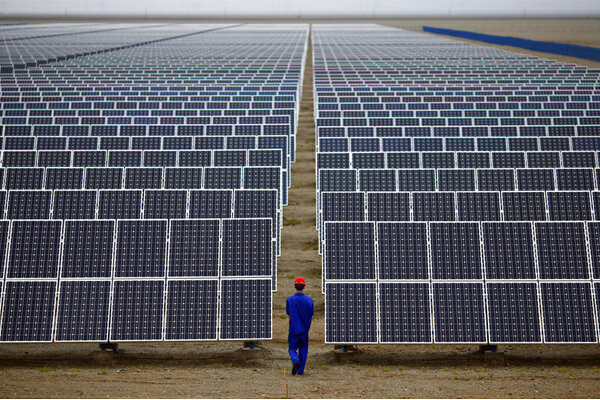Solar power output jumps 71% in 4 months: SATBA

TEHRAN – Iran’s Renewable Energy and Energy Efficiency Organization (SATBA) said on Saturday that electricity generation from solar power plants rose by 71 percent in the first four months of the Iranian year starting March 20, compared to the same period last year.
SATBA Head Mohsen Tarztalab said solar output increased from 357 million kilowatt-hours to 610 million kilowatt-hours, while wind power generation rose from 413 million kilowatt-hours to 432 million kilowatt-hours.
Iran’s installed renewable capacity has reached 1,868 megawatts, up from 1,232 megawatts in late July last year, with 636 megawatts of new plants added over the past year. Renewables now account for 1.9 percent of the country’s total power generation.
Tarztalab said the first phase of a 7,000-megawatt renewable energy development program, mostly solar, has been planned and finalized, aimed at reducing the country’s power deficit.
He added that the share of renewables in Iran’s power mix will exceed 5 percent by year-end, describing the country as “a vast construction site” for clean energy projects, with the effects of what he called a “major revolution” in the sector expected to emerge in the coming weeks.
In recent months, SATBA has signed multiple agreements with domestic and foreign investors to accelerate renewable capacity expansion, including utility-scale solar farms in desert regions and hybrid systems combining solar with battery storage. The government has also rolled out new feed-in tariffs to attract private-sector participation.
Energy officials have repeatedly said that boosting renewables is central to easing summer blackouts, which have plagued industrial and residential users in recent years. Alongside solar and wind projects, Iran is pursuing geothermal and biomass initiatives, though these remain at early stages compared to its solar ambitions.
Iran’s climate and geography offer high potential for renewable generation, with vast areas of high solar irradiance and strong seasonal winds in the north and southeast. The latest figures underscore a rapid acceleration in clean power development after years of slower growth.
EF/MA
Leave a Comment